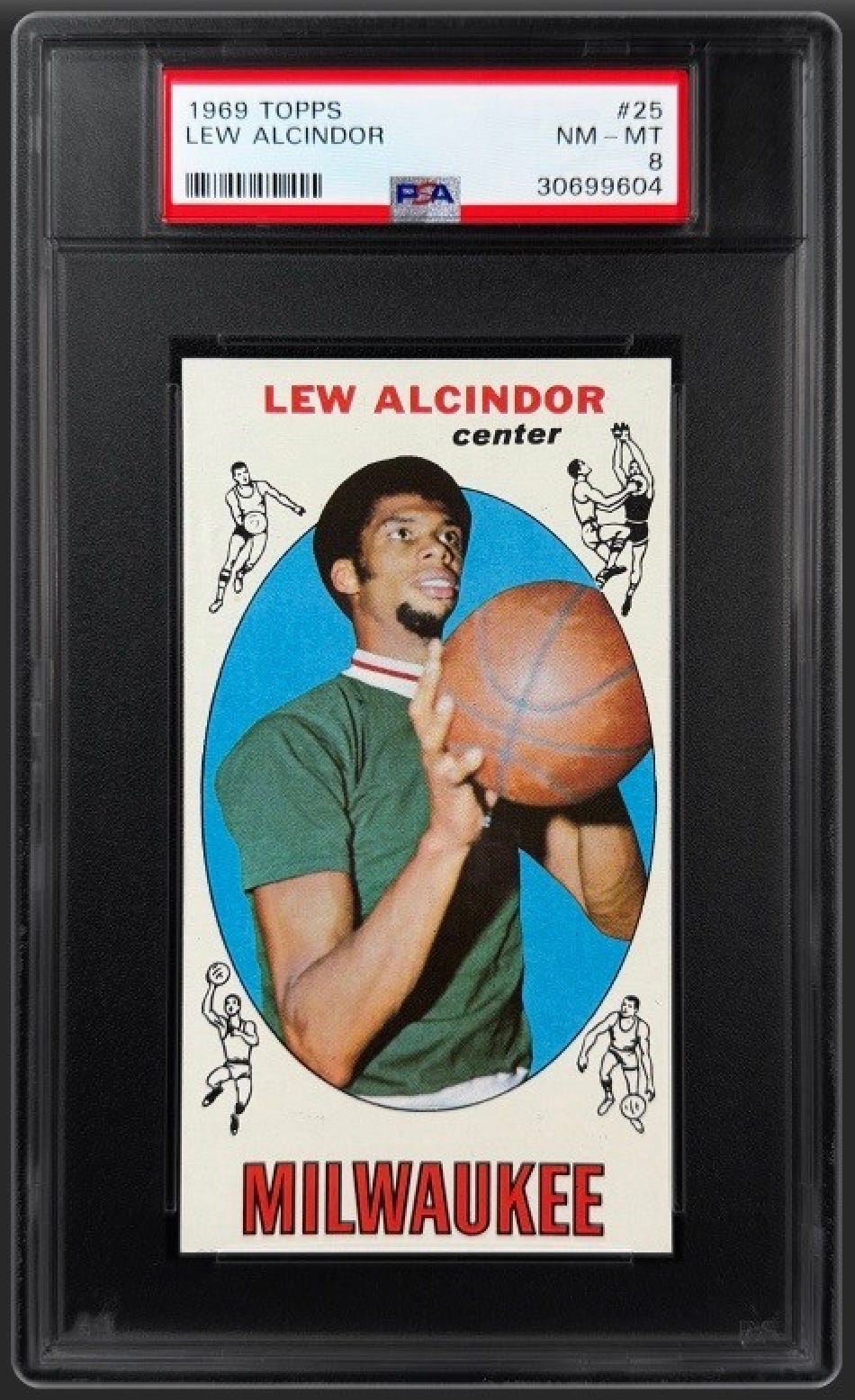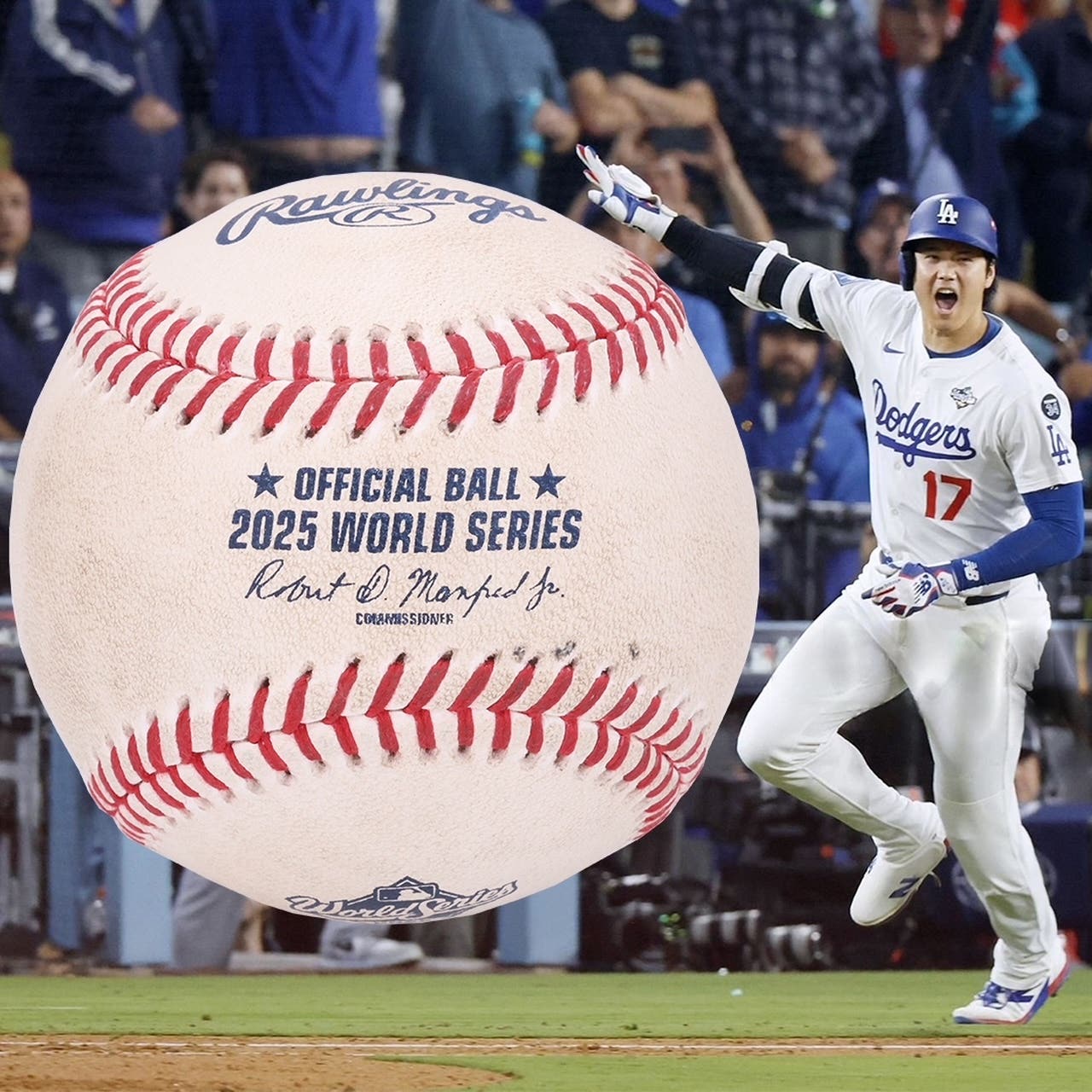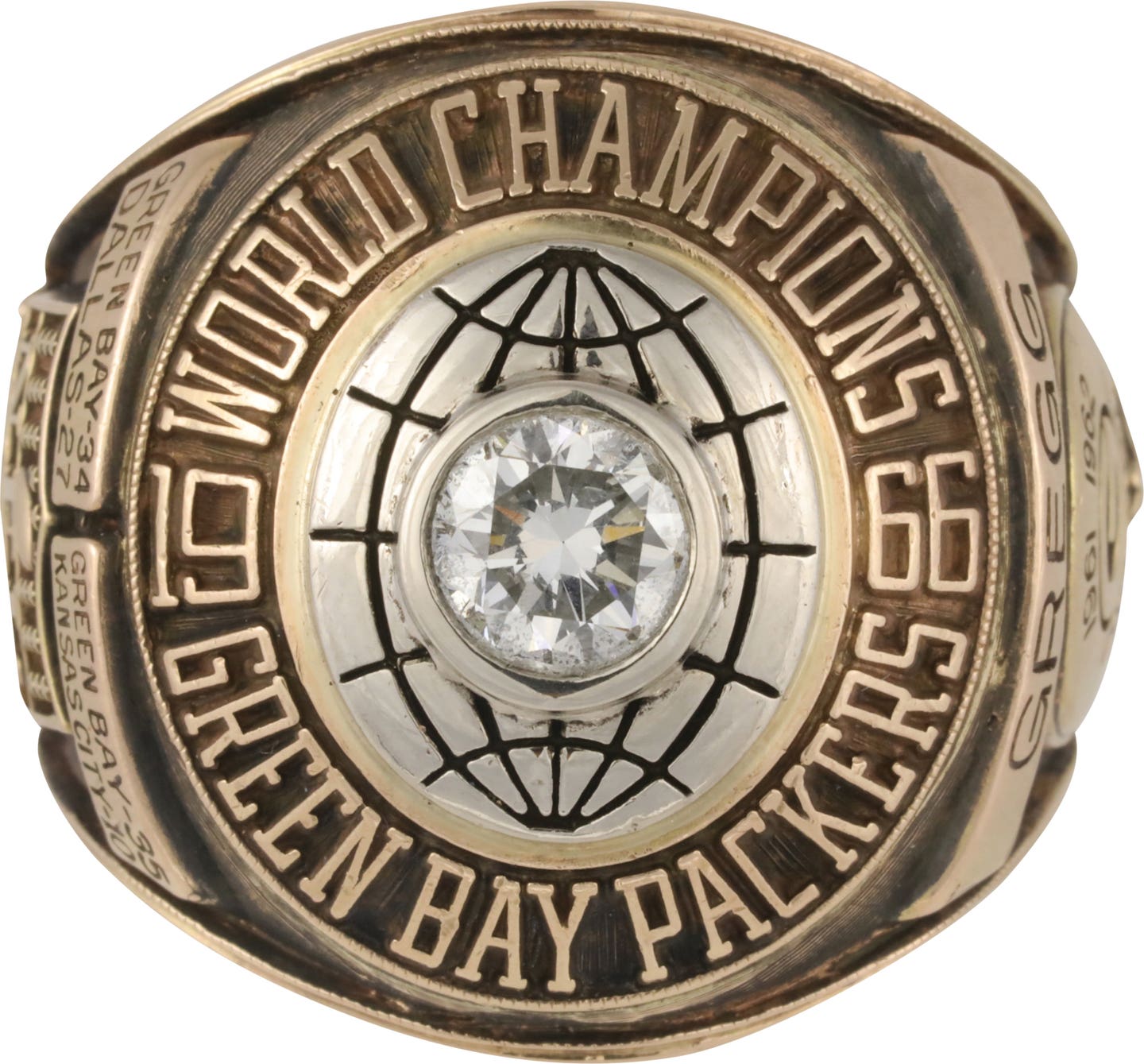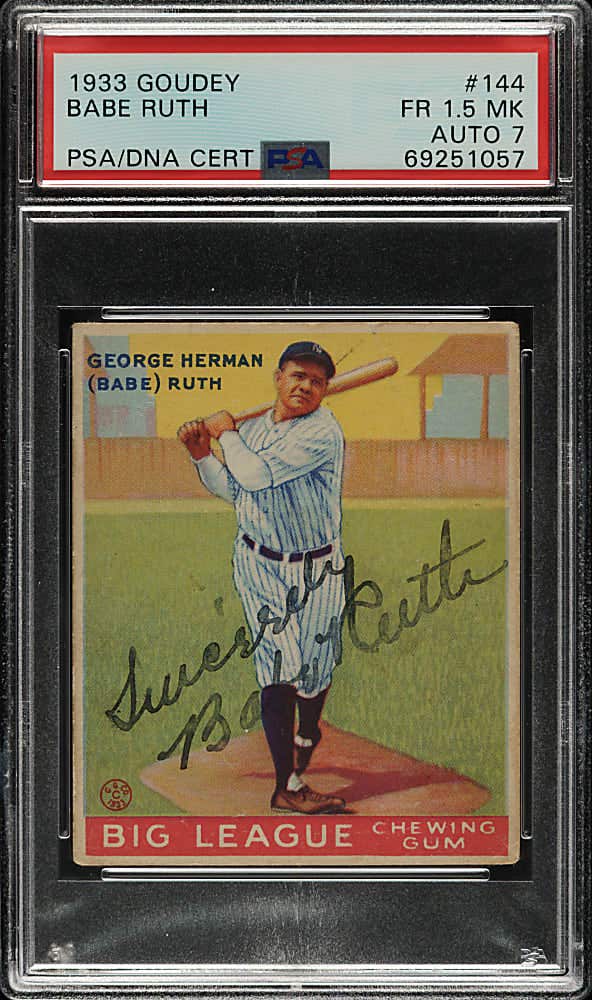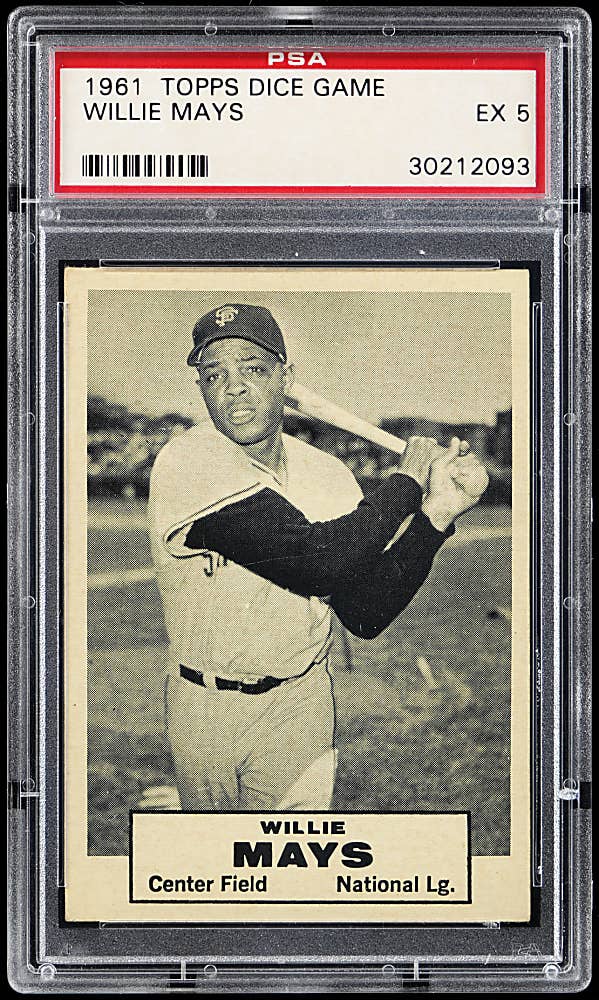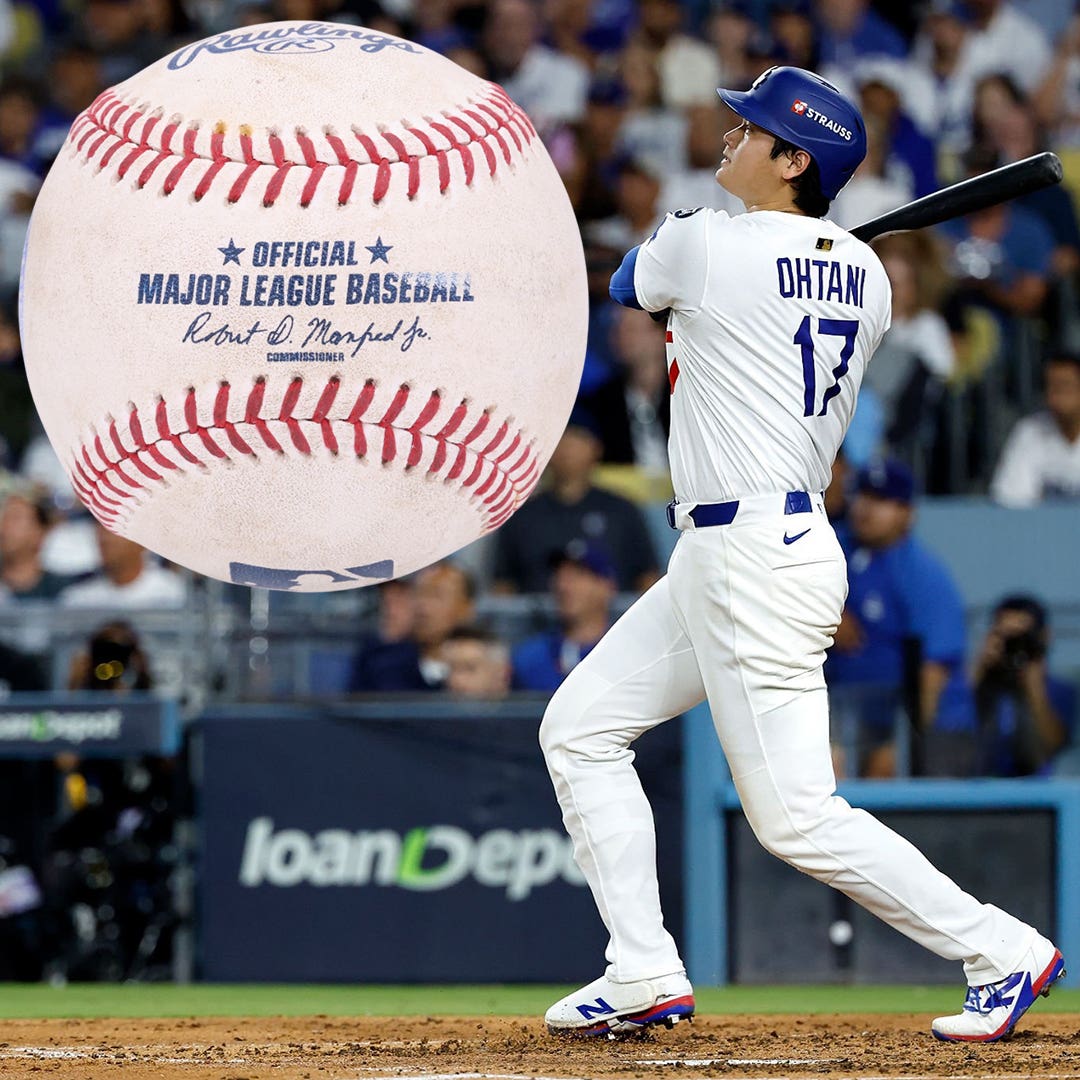Auctions
Naismith anchors upcoming Heritage’s auctions
Dr. James Naismith's basketball teams never dominated a game like what his autographed materials will be doing in Heritage Auction Galleries' upcoming Dec. 8 and Dec. 15 auctions.
There will be 33 premier lots that will be in the live auction, which closes Dec. 8. The remaining lots - approximately 300 - will be sold in an Internet format, which will be closing on the evening of Dec. 15. Bidding began on all lots Nov. 14 at www.heritageauctions.com.
About half of the items in the 330-lot sale are signed by Naismith. Each of the pieces included in the auctions have been consigned directly from Naismith's granddaugher, who had the items in a basement for decades.
Among the highlights in the auction are the whistle he used while he was coaching at the University of Kansas (circa 1900), a personal large cabinet photograph from 1891 Springfield College that shows the first 18 players who played the game, an 1891 signed football cabinet photograph, typed rules of the game and documents about other games he tried to create before basketball, including Hylo Ball and Scruggy Ball.
"'The football cabinet card is signed 'James Naismith, center, 1891' on the back of the football cabinet card," Heritage director of sports auctions Chris Ivy said. "The signature is phenomenal. It is an absolute 10 of 10. In the market, there are only 2-3 Naismith autographs that come out every year. This auction, coming directly from the family, is going to offer a treasure trove for collectors."
Other headlining items in the auction include handwritten and detailed manuscript describing the events of the first basketball game in December of 1891 and a photograph of the first basketball court at Springfield College. Also available are early hand-drawn basketball plays that Naismith developed.
"They are very interesting. There are some neat things like a signed Spalding basketball guide signed on the cover, 'Property of James Naismith' and basketball rules signed by him. An interesting piece is his 1936 Passport that he used to travel to the Olympic games in Berlin, Germany. That was first time that basketball was in the Olympics as a medal sport. They had Naismith come over and celebrated him as the creator of the game."
"Each item comes with a signed LOA from the family," Ivy said. "It's some of the most important materials as far as sports historians are concerned.
There are documents regarding the creation of the game. Naismith was a very prolific writer and he wrote a lot of his thoughts down as far as how he created the game. Another thing is all of us together - Mike Gutierrez, Mark Jordan, myself and Jonathan Scheier - we've never seen a Naismith ALS on the market before, a handwritten letter. There are more than 100 in this auction. Some of them have basketball content, while others are of him traveling while he was over in Europe or down on the Texas-Mexico border during the war as a chaplain."
Ivy said the Naismith family contacted Heritage during the spring.
"We talked about the material," he said. "They had no idea what kind of value it had or if anyone would be interested. It had been in their basement for decades. Just by the luck of the draw and for collectors, it was never damaged. Their basement actually flooded four times. This material was always high enough and it never got damaged. We're very lucky that it still exists today."
"This is phenomenal material," he continued. "This was the only game that was created in the U.S. Baseball is a derivation of sports that were played in Europe. The same with football. This was a game that we know who the creator was, when it was created and here's why. These documents really go through to explain why he created it and what his thoughts were behind it. I've never seen an autographed photo of him and the autographs that do come out are tiny little cuts. These are full letters, photos and cabinet cards. It really is neat stuff."
Ivy said another item in the auction is a diary of his travels through Berlin for the 1936 Olympics.
"His diary looked at the first games and how they played and what he thought of the teams and who won," Ivy said. "There is a lot that includes the diary, maps, his tickets to the games, programs and whatnot. There is a 1918 war record of the University of Kansas signed by Dr. James Naismith on the top with one of his 'KU' tie tacks and lapel pins. How neat would it be to be an alum of Kansas and have Naismith's personal lapel pin and signed war record? There is also a 1917 signed World War I Certificate of Identification. He's got a photo on there and it is signed over the photo 'James Naismith.' Then he fills it out again and signs it 'James Naismith, Lawrence, Kansas, Sept. 15, 1917.' It's a double-signed document with a signed photo included in that."



